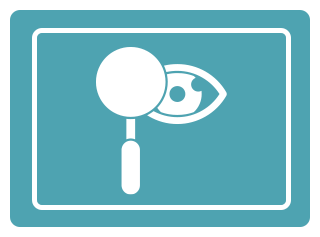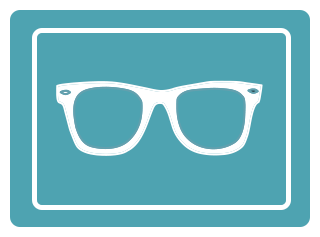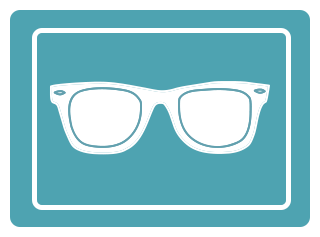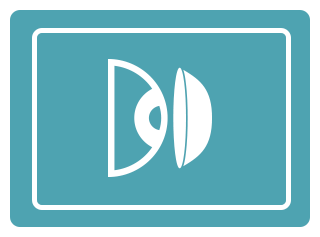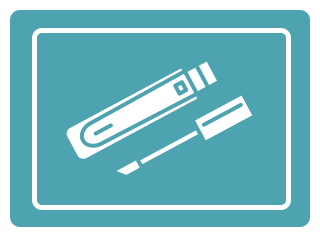Your Local Opticians For The Whole Family
As an independent practice we take pleasure in offering our patients a tailored service to ensure that the experience is suited to individual needs. We strive to ensure our practice is warm and welcoming and that patients truly feel part of our Williams Optometrists family. Our dedicated professional team know how to help anxious patients and children feel at ease and we are very comfortable providing eye examinations for non english speaking patients, young babies and patients with specific disabilities or requirements.



